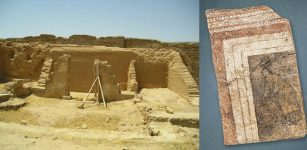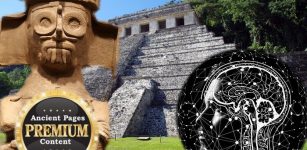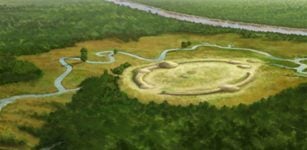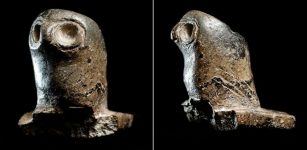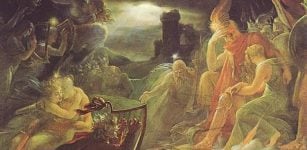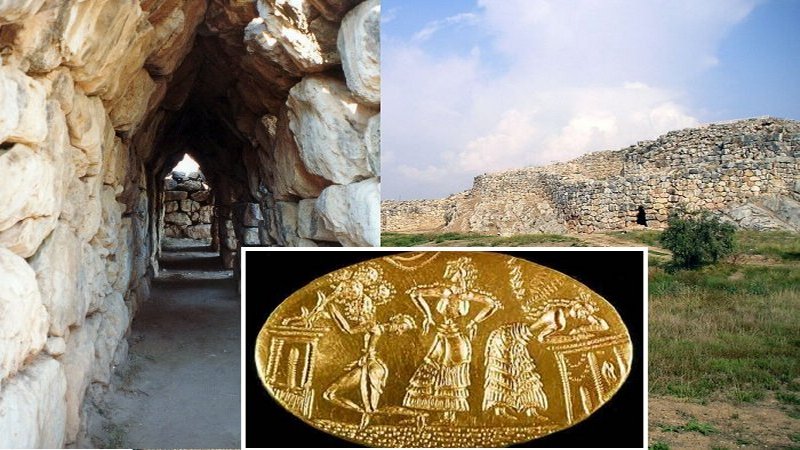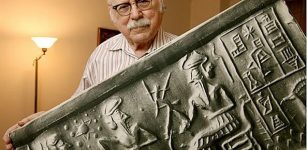Ancient Maya Astronomical Observatory Reveals Planet Venus Had A Special Place In Maya Cosmology
MessageToEagle.com – The ancient Maya were skilled astronomers who watched the movements of the stars and planets, which is why they often built astronomical observatories to match the path of the Sun.
An ancient Maya observatory in Yucatan, Mexico has doors within it that align with both the rising and setting sun on the date of the spring and autumnal equinoxes. Additionally, when the midday sun strikes the semicircular building it casts no shadow – another intentional design element of the structure.
Research now reveals the ancient observatory was used to track the Sun’s movements as well as planet Venus. The southern edge of the observatory is aligned with the northernmost position that Venus reaches in the night sky. After the Sun and the Moon, the planet is the brightest observable object in the sky. This clearly indicates that Venus held a special place among Acanceh’s astronomer-priests.
The observatory was first discovered in 2002 in the Yucatan peninsula just southeast of the city of Merida, in the town of Acanceh. It was used during the early Classic period of Mayan history. The period, which stretched between 300 and 600 CE, was roughly a thousand years before Western Conquistadors from Spain arrived in the Americas.
It has long been suggested that the ancient civilization from Central America had detailed knowledge of the solar system and of astronomy. This new revelation, that the observatory does indeed align itself with the regular movements of the distant planet, lends credence to the idea that the Maya paid close attention to the stars, especially those that stood out as much as Venus does.
According to Beatriz Quintal Suaste, a researcher from the Yucatan National Institute of Anthropology and History the building was likely a facility that was used for a multitude of functions. Quintal Suaste also remarked that the building would have seen the exclusive use of the elite of Maya civilization, most notably the community’s astronomer-priests.
See also:
Elusive Planet Mercury As Seen Through The Eyes Of Ancient Astronomers
Incas Watched The Heavens At Mountaintop Observatories On Machu Picchu – New Research Confirms
Venus was of special importance to the ancient Maya. This bright and beautiful planet was had a special place in Maya cosmology and it was known in their mythological pantheon, as Noh Ek, or “The Great Star. Venus was also known as Xux Ek, “the Wasp Star”, according to some texts.
There are some indications that Venus might have been known by a specific name depending on where it appeared in the sky during its cycle, as it would appear as a morning star during part of its cycle and an evening star during another part of its cycle.
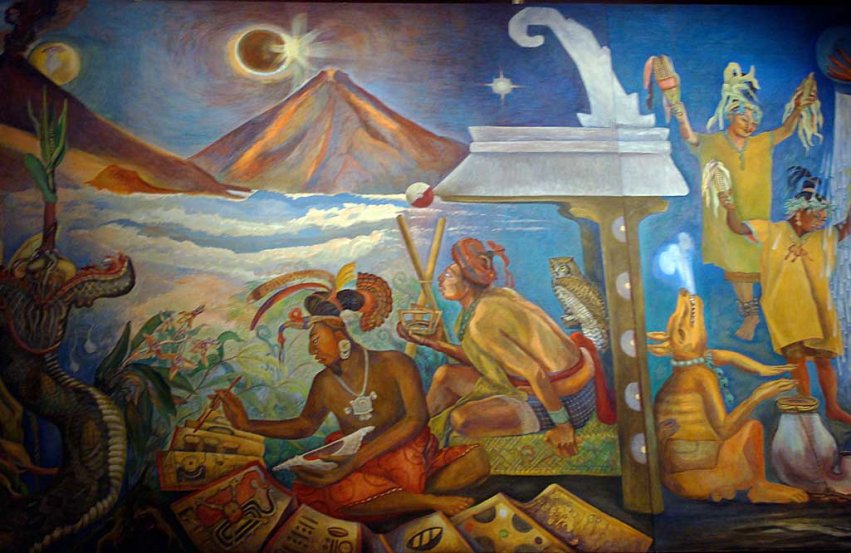
According to the Manuscript of Serna, a missionary report from central Mexico, the natives “adored and made more sacrifices” to Venus than any other “celestial or terrestrial creatures” apart from the sun.
The Manuscript also tells us that: “The reason why this star was held in such esteem by the lords and people, and the reason why they counted their days by this star and yielded reverence and offered sacrifices to it, was because these deluded natives thought or believed that when one of their principal gods, named Topilzin or Quetzalcoatl, died and left this world, he transformed himself into that resplendent star.”
MessageToEagle.com


